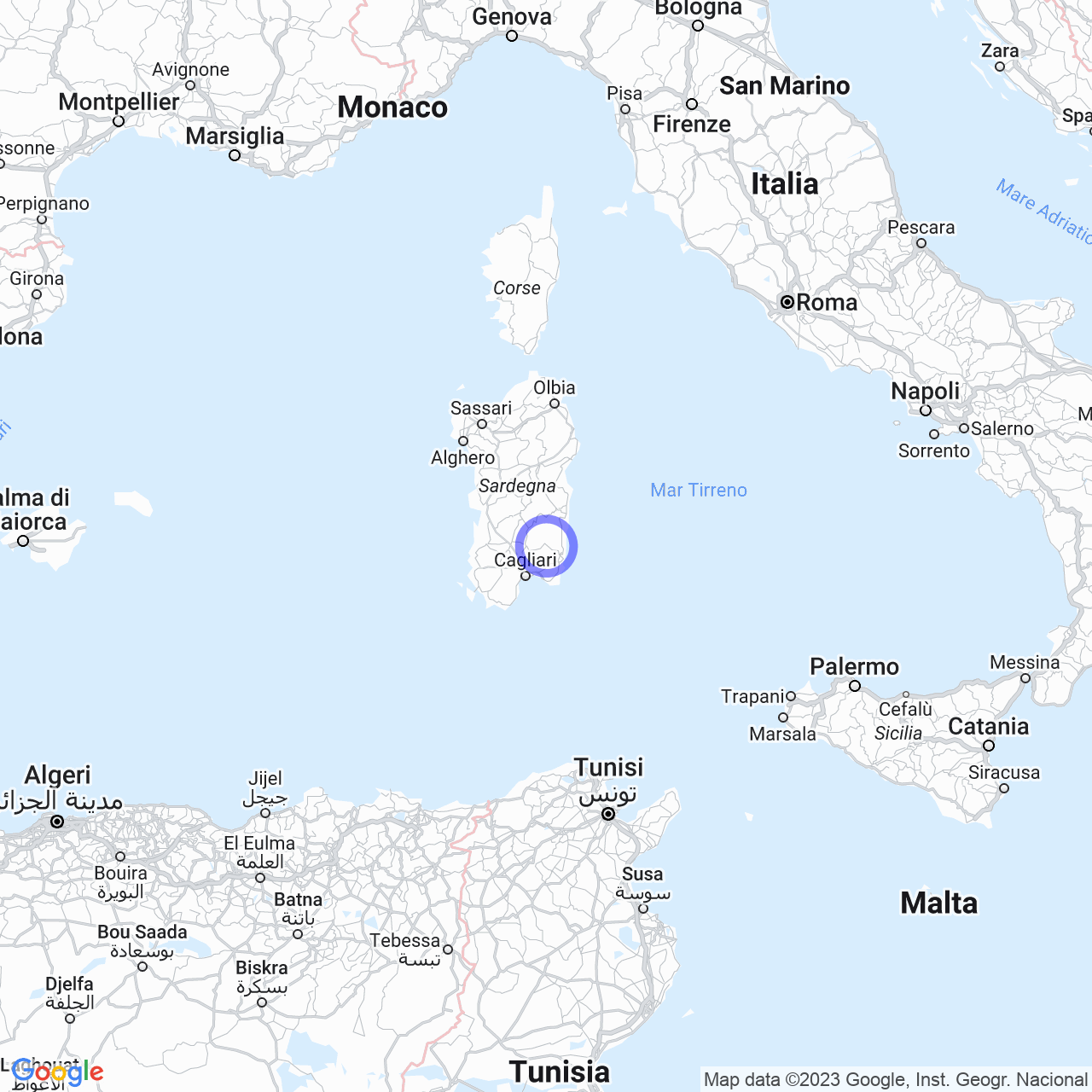Armungia
Welcome to Armungia, a small town in Sardinia!
Located at the foot of Mount Baccu Padente, 65 km from Cagliari, Armungia is a picturesque village that preserves traces of its glorious past. With its 435 inhabitants, the town is an ideal place to spend a peaceful holiday, away from the chaos of big cities.
History: from Nuraghi to the Municipality of Armungia
The area where Armungia stands has been inhabited since the Neolithic period, as evidenced by the numerous Nuraghe that cover the territory. In the Middle Ages, the village was part of the Judicate of Cagliari and the Curatoria of Gerrei, and with the Aragonese conquest of Sardinia, it passed under Pisan and then Aragonese dominion. In the seventeenth century, it was incorporated into the County of Villasalto, fief of the Zatrillas family, and then into the Marquisate of Villaclara dei Vivaldi Pasqua, until the end of the feudal system.
It was in 1839 that Armungia became a municipality administered by a mayor and a city council, and even today it can boast of a centuries-old history and tradition.

Symbols
The coat of arms and the gonfalon of the Municipality of Armungia were granted by decree of the President of the Republic on January 2, 1993. The coat of arms depicts, on a blue background, a golden Nuraghe flanked by two black poles, driven into a green plain and accompanied by two grapevines, bearing purple grape clusters. At the top, a black eagle crowned in the ancient way with three visible spikes.
Monuments and places of interest: between churches and archaeological sites
Armungia boasts numerous religious architectures, such as the church of the Blessed Virgin Immaculate and the church of Our Lady of Bonaria, located a short distance from the village. But the real attraction of Armungia is the homonymous Nuraghe, located in the main square of the town, near the Civic Museum. According to archaeologist Giovanni Lilliu, the Nuraghe of Armungia dates back to the middle bronze age, around 1500-1400 BC, and its structure consists of a single tower with a truncated cone shape. As building material, schistous stones were used, with decreasing dimensions as you climb towards the top.
Society: the Sardinian language of Armungia
The dialect spoken in Armungia is Sarrabese, which is part of the Campidanese variant of the Sardinian language. The community of Armungia, with its traditional lifestyle and unique language, aims to preserve its culture and identity.
Culture: Museums of the village
The Nuraghe of Armungia, together with the Sa Domu de is Ainas ethnographic museum, the birthplace of Emilio Lussu, and the "Bottega del fabbro", constitute the village's museum system. The Civic Museum is a fascinating place to discover the ancient history of the Armungia community.
Administration
The municipal administration of Armungia, with its mayor and city council, represents the community and takes care of the development of the town, working to ensure a prosperous future for its citizens.
Conclusions
Armungia is a small town that represents the heart of Sardinia, where the preservation of traditions and cultural heritage merges with a peaceful and relaxing lifestyle. It is the ideal place to spend a holiday away from the chaos of big cities, immersing oneself in the history and most genuine traditions of Sardinia.
